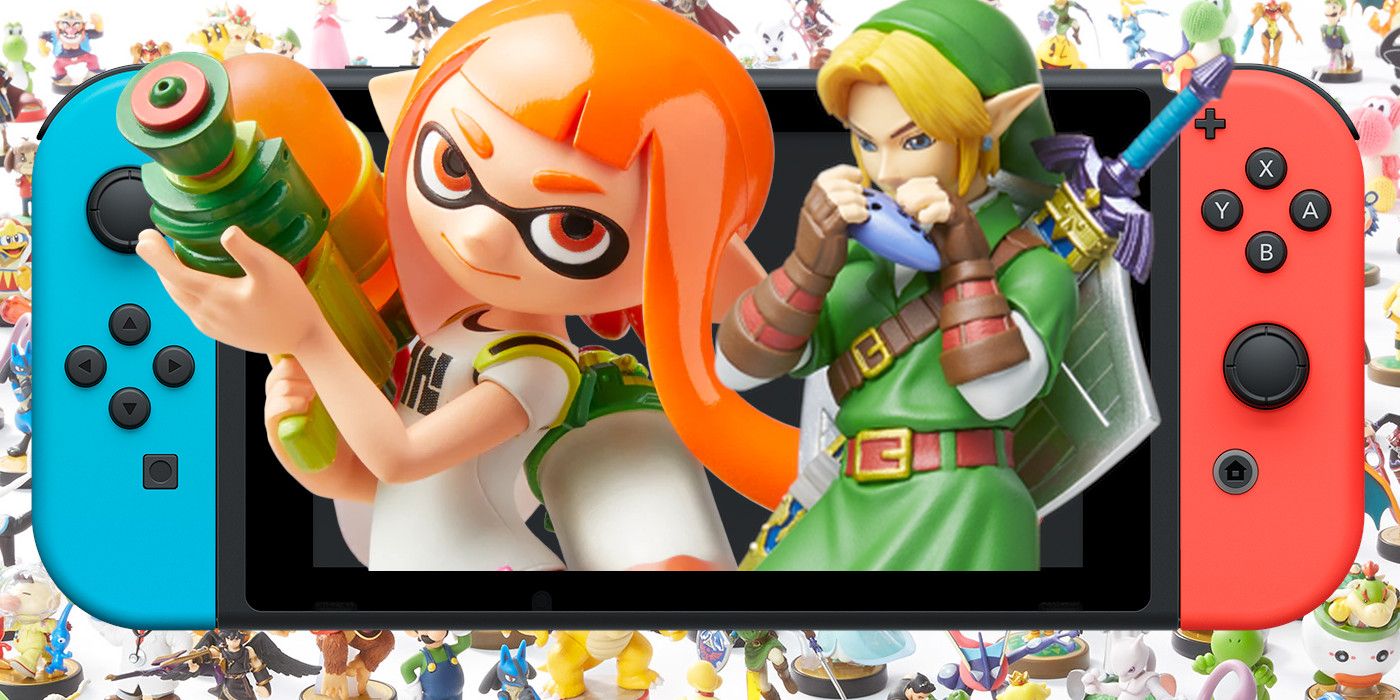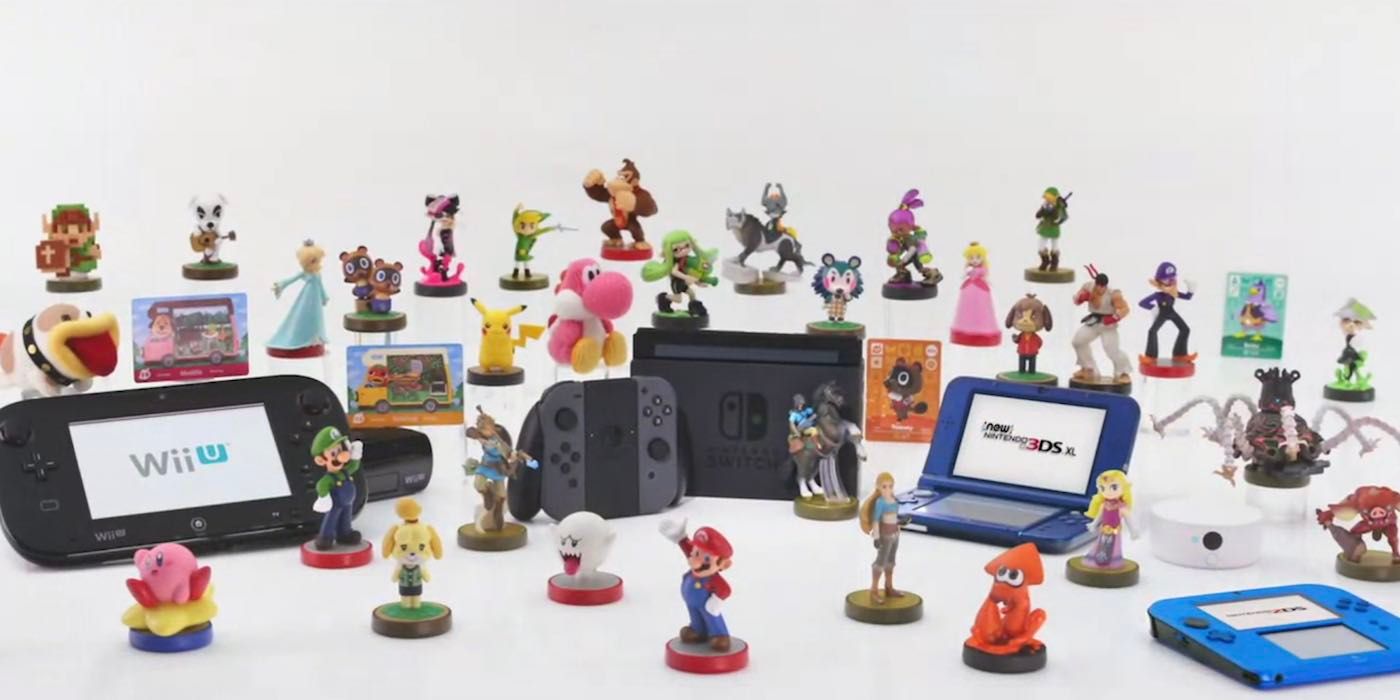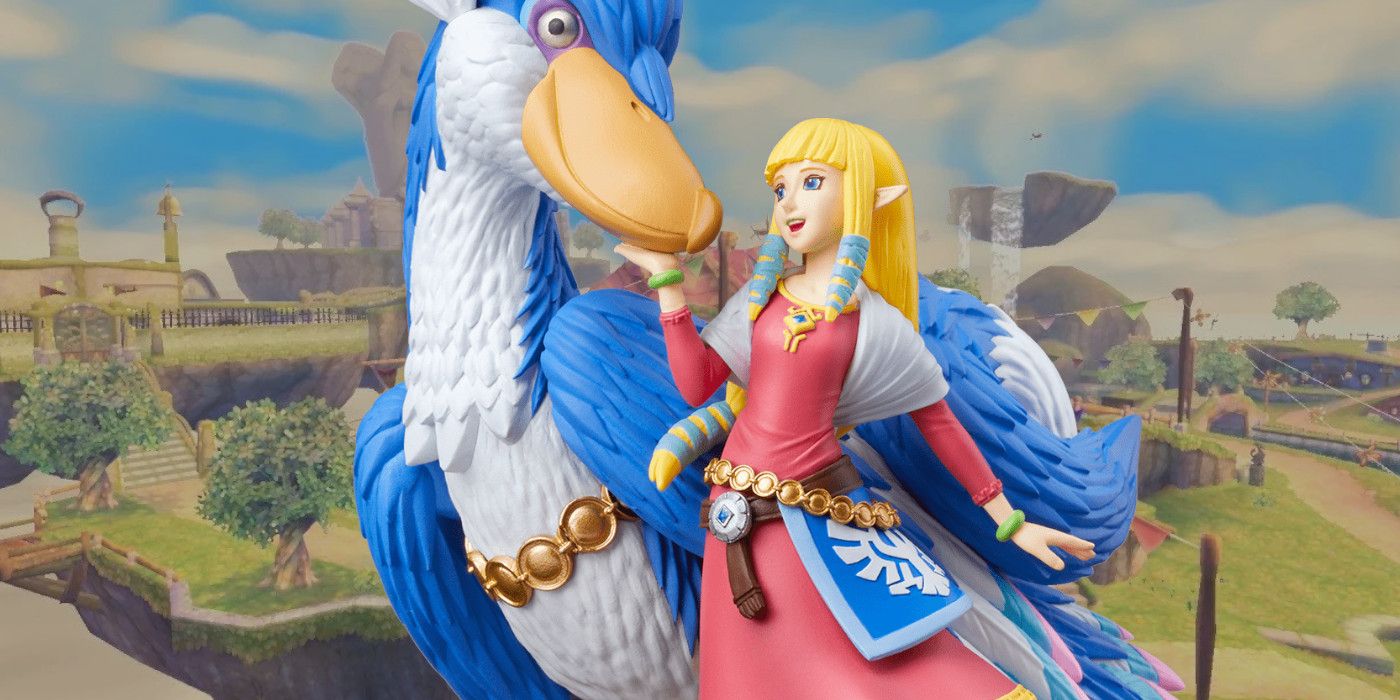Nintendo launched its toys-to-life line called amiibo in 2014 for the Wii U release of Super Smash Bros. Since then, amiibo have taken the form of figures, cards and even a cereal box. They have been wildly popular with collectors and, for a time, were so scarce that people had to line up outside stores on release days to try and snag desirable figures before they vanished. The quality of these figures has dramatically increased over the years, but so has their price tag.
Regardless of their cost on the secondhand market or their status as collector's items, though, the primary function of amiibo is to offer bonus content when paired with select games. To that end, amiibo have been innovative in their uses, though this has sometimes been met with controversy. Ultimately, amiibo can provide fun aesthetics, helpful gameplay boosts or even special side content.
The Super Smash Bros. line of amiibo were created for a very specific gameplay purpose. Players could train the amiibo as an NPC fighter that levels up and can be fought against. Shovel Knight used a similar tactic, allowing players to scan the Shovel Knight amiibo and unlock Custom Knight. While Custom Knight primarily offered cosmetics, it also learned exclusive abilities. Later, Chibi-Robo! Zip-Lash used amiibo to unlock use of Super Chibi-Robo which, when leveled up, would let the player collect special in-game figures.
Most amiibo are compatible with games beyond their original title, with some games allowing nearly any amiibo to be scanned for fun cosmetics or bonus gear. In some cases, that's an amiibo's primary use. Super Mario Maker Wii U had lasting power in this department, as scanning just about any amiibo would unlock a sprite version of that character to use in-game. However, players could also earn these costumes without the amiibo by completing specific in-game tasks. Similarly, players could use amiibo in Yoshi's Woolly World to unlock themed Yoshi skins based on those characters or unlock new gear and random items in Hyrule Warriors.
Of course, amiibo offer both exclusive cosmetic bonuses and gameplay features for their respective game. Animal Crossing provides themed items relating to an Animal Crossing amiibo character and (if applicable) invites that character to a player's town. Monster Hunter Rise amiibo provide special themed armor and gear, plus they give players a free lottery ticket once per day. Still, some of these gameplay elements can be otherwise unlocked in-game, such as the special wedding costumes in Super Mario Odyssey or Chamber Stones in The Legend of Zelda: Link's Awakening. In reverse fashion, the jumbo-sized Detective Pikachu amiibo allowed players to unlock all Pika Prompts at the end of the game in case they missed any while playing.
However, some amiibo have taken the concept of gameplay exclusivity a bit too far. Perhaps the most egregious offender remains Metroid: Samus Returns, which not only locks its extras galleries behind amiibo functionality but also its hardest difficulty mode. Most recently, The Legend of Zelda: Skyward Sword HD earned similar ire for restricting a quality of life feature behind use of its amiibo. Shovel Knight initially had co-op on the Wii U limited to the amiibo, but a game update later included co-op for all.
Keeping track of what amiibo do seven years later can be a messy business, but ultimately their use hasn't really changed much. What has changed is the focus developers are putting behind amiibo, offering a blend of DLC costumes and (generally) small gameplay perks. In a strange way, amiibo may have become the ideal of preorder DLC; players receive a physical good that also functions as a means of receiving extra digital content, replacing the need for players to juggle between five different stores offering different costumes or bonus levels. That, combined with the great quality of many of the figures, have turned amiibo into miniature centerpieces as well, enhancing their collectible nature.



